The average American household has 25 connected devices, but within five years, at least 13 types of these gadgets will join the graveyard of obsolete technology.
Consumers waste billions every year buying gadgets becoming obsolete before they even leave the store. That GPS unit you bought last year? Your smartphone does navigation better. The streaming device you got for Christmas? New TVs don’t need them anymore.
Technology moves fast, but most people don’t see the patterns. Companies keep selling gadgets that smartphones and smart devices already replaced. You buy them because they worked in the past, not knowing they’re already dying.
This article identifies 13 specific gadgets that will be completely useless by 2030. We’re not guessing these technology predictions come from real market data, sales trends, and expert analysis.
#1. Standalone GPS Navigation Devices
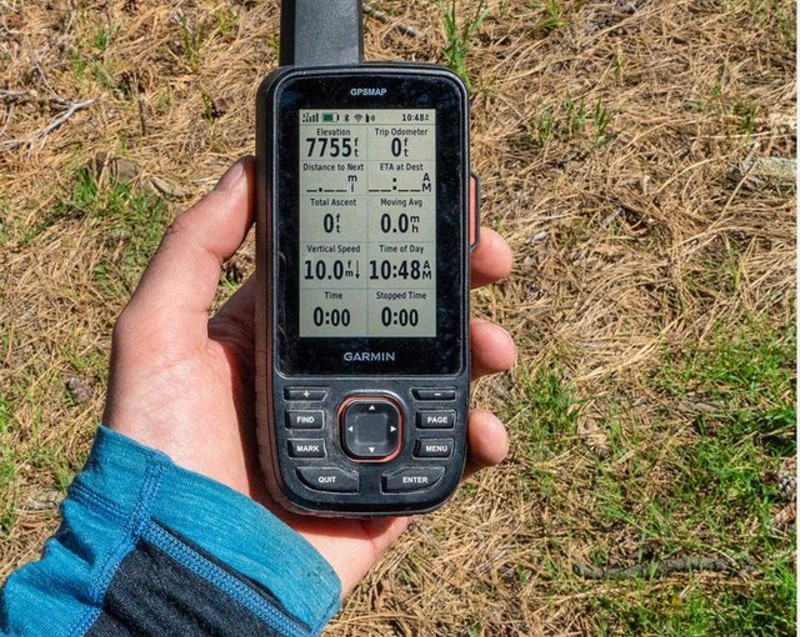
GPS devices are becoming obsolete for regular drivers. Your phone gets live traffic updates. It knows about accidents before you hit them. Road closures? Your phone already found a better route. That old GPS unit? It’s using maps from last year.
The GPS tracking market hit $4.04 billion in 2025. Almost all that growth comes from businesses tracking delivery trucks and construction equipment. Regular people stopped buying them. Your smartphone navigation beats standalone GPS in every way:
i. Real-time traffic data
ii. Voice search that actually works
iii. Reviews of gas stations and restaurants
iv. Integration with your contacts and calendar
#2. Dedicated Streaming Media Players (Roku, Apple TV, Chromecast)
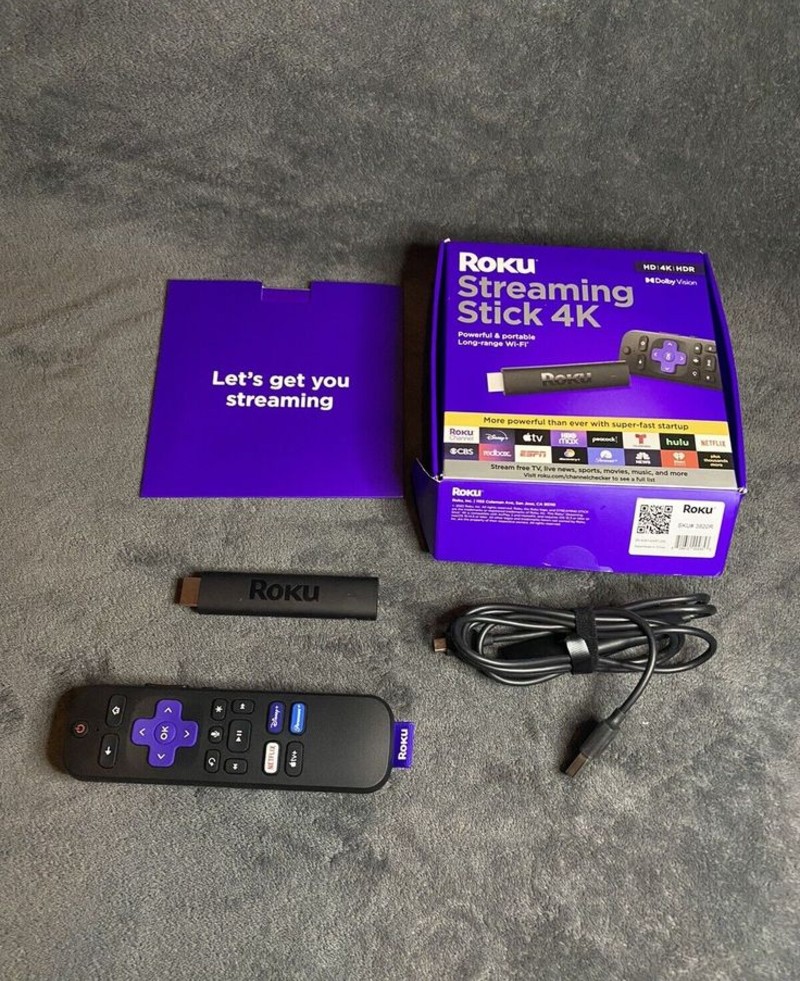
That Roku stick plugged into your TV? It’s about to become as useful as a VHS player. Smart TVs are killing streaming devices. Every new TV comes with Netflix, YouTube, and Disney+ built right in. You don’t need another box.
U.S. streaming device sales dropped 14% in 2024. Meanwhile, smart TV sales stayed steady. People figured out they don’t need both. Think about it. Your Samsung or LG TV already has everything:
i. All the streaming apps you use
ii. Voice control with your remote
iii. Better performance than cheap streaming sticks
The streaming device companies see the writing on the wall. Amazon now makes Fire TVs instead of just Fire TV sticks. Roku started selling their own TVs. Google stopped making new Chromecast dongles.
#3. Wired Headphones and Earbuds

When did you last untangle headphone wires? If it’s been a while, you’re part of a massive shift that’s making wired headphones obsolete.
The wireless headphones market will hit $165.12 billion by 2032. That’s growing 14.8% every year. Meanwhile, wired headphones will shrink to just 10% of sales by 2030.
Your phone company already decided for you. Apple killed the headphone jack in 2016. Samsung followed. Google did too. New phones don’t have places to plug in wired headphones.
i. No tangled wires in your pocket
ii. Freedom to move around
iii. Better sound quality than cheap wired ones
iv. Built-in controls and microphones
More than 25% of people waste 10 minutes every day untangling headphone wires. Gym users lose 30% of workout time dealing with wire problems. That’s real time you get back with wireless.
#4. Physical Remote Controls
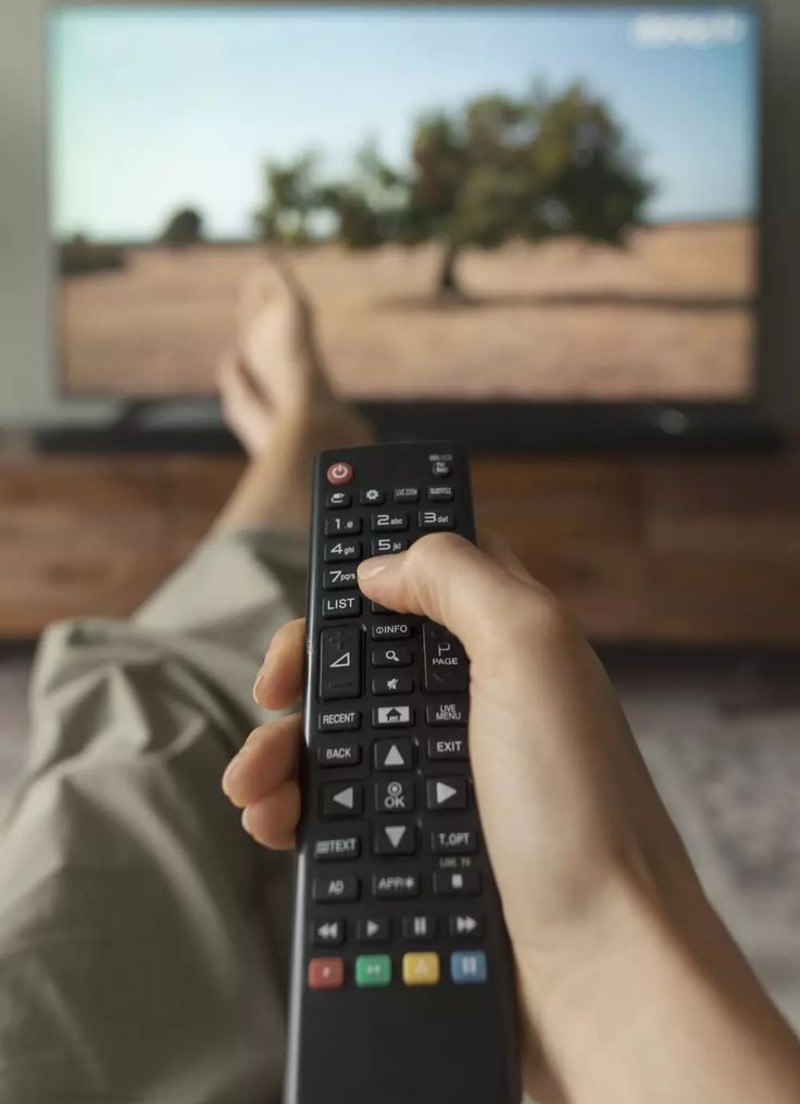
Your coffee table has five remotes and none of them work right. Sound familiar? TV remotes are becoming obsolete because your voice and phone do the job better.
Smart TVs respond to simple commands. Say “Netflix” and it opens. Say “turn up volume” and it works. No hunting for the right remote in couch cushions. Your smartphone already controls everything:
i. TV channels and volume
ii. Streaming services
iii. Sound systems
iv. Smart home devices
Voice control technology keeps getting smarter. Amazon’s Echo and Google Home can manage your entire entertainment system. They work with lights, temperature, and security too.
Expert predictions show TV remotes disappearing from most homes by 2027. Younger people already use their phones instead of hunting for remotes.
#5. Standalone Digital Cameras (Point-and-Shoot)
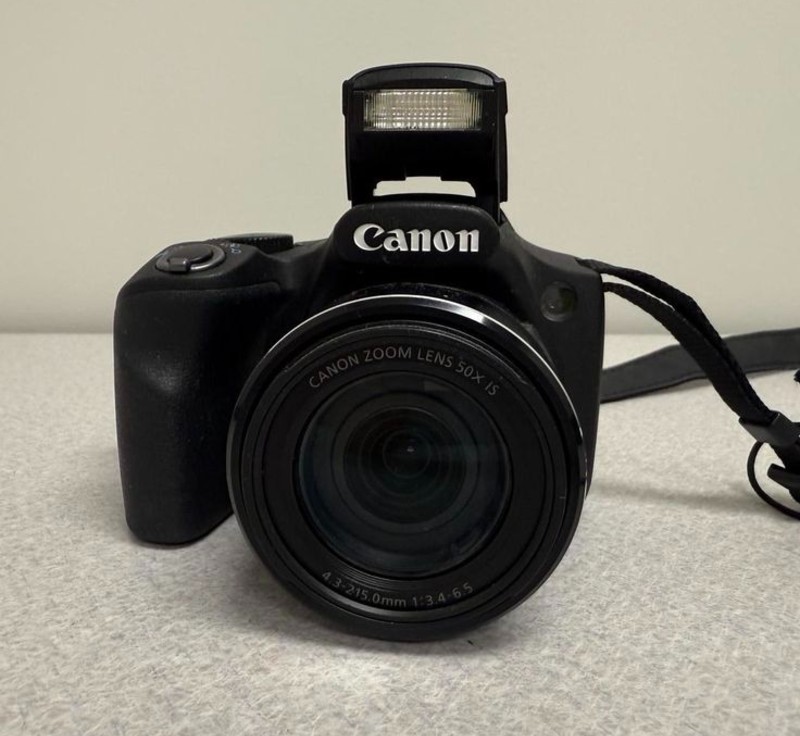
When did you last see someone pull out a separate camera at a restaurant? Digital cameras are becoming obsolete because your phone takes better pictures than most point-and-shoot cameras.
Your smartphone camera keeps getting scary good. The iPhone 15 Pro has three lenses and shoots 4K video. Google Pixel phones use AI to make your photos look professional. Samsung phones zoom 100x without losing quality.
The camera industry knows it’s in trouble. Camera sales dropped 87% between 2010 and 2022. Companies like Canon and Nikon now focus on expensive professional equipment instead of consumer cameras.
#6. Physical Computer Keyboards (For Casual Users)
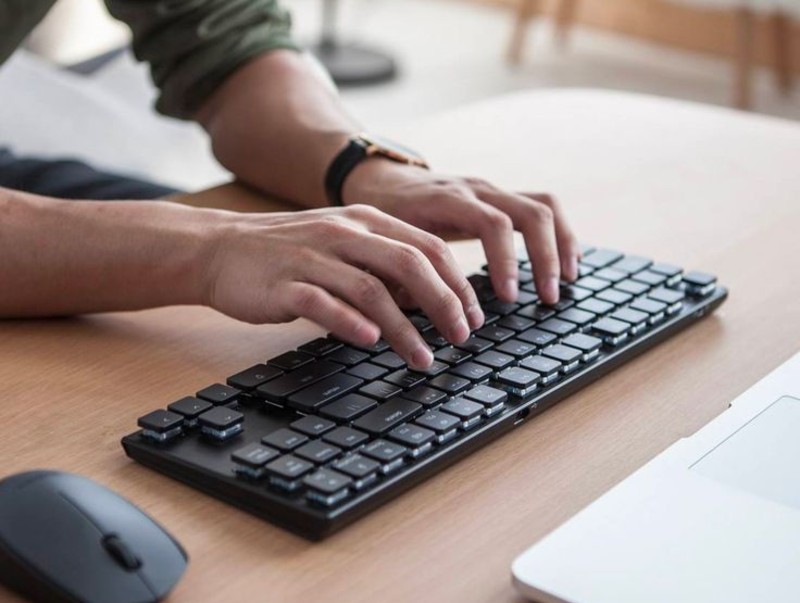
Physical keyboards are becoming obsolete for casual computer users. Touchscreen interfaces work better for most people who just browse, shop, and watch videos online.
New devices skip keyboards completely. Tablets outsell laptops for home use. Touch screens respond faster than old keyboards. Voice-to-text works better than typing for many tasks.
Buttons are disappearing from all new technology. Each newer device uses touch screens instead of physical controls. Your car, microwave, and thermostat already made the switch.
Different generations use computers differently:
i. Older users still prefer keyboards for long typing
ii. Younger users type faster on phones than keyboards
iii. Kids learn touch interfaces before keyboards
Voice control keeps getting better too. Say your email out loud and your phone types it perfectly. Ask questions and get instant answers without typing anything.
Touch screens give you more space for content. No keyboard taking up half your screen. Bigger videos, clearer photos, easier reading.
#7. Portable Gaming Consoles (Handheld)

That Nintendo Switch gathering dust in your drawer tells a story. Handheld consoles are becoming obsolete because mobile gaming finally caught up.
Your phone plays better games than handheld consoles from just five years ago. Call of Duty Mobile looks incredible. Fortnite runs smooth on phones. Even complex RPGs work great on mobile now.
The mobile gaming market will hit $175 billion by 2030. Meanwhile, handheld console sales keep dropping. People would rather game on devices they already carry.
Cloud gaming changes everything. Xbox Game Pass lets you play console games on your phone. PlayStation Now streams full games anywhere. Your phone becomes a powerful gaming system without needing special hardware.
#8. LCD Televisions
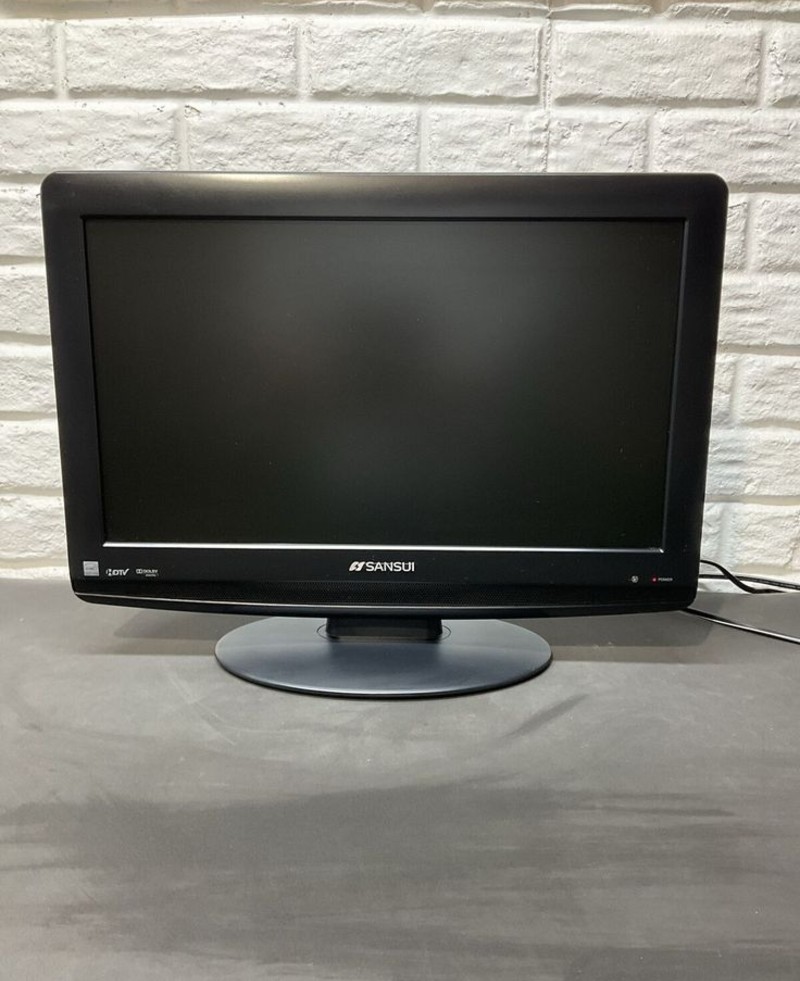
That LCD TV you bought three years ago is already old technology. OLED TVs make LCD screens look dim and washed out by comparison.
OLED technology beats LCD in every way that matters. Each pixel lights up by itself. No backlight needed. That means perfect black colors and bright whites on the same screen.
LG is ramping up OLED production to replace LCD TVs completely. Other manufacturers are following. Samsung, Sony, and Panasonic all shifted their focus to OLED manufacturing.
LCD TVs had their moment. But OLED prices keep dropping while quality goes up. A good OLED TV costs about the same as a premium LCD TV now.
#9. Dedicated E-readers (For Many Users)
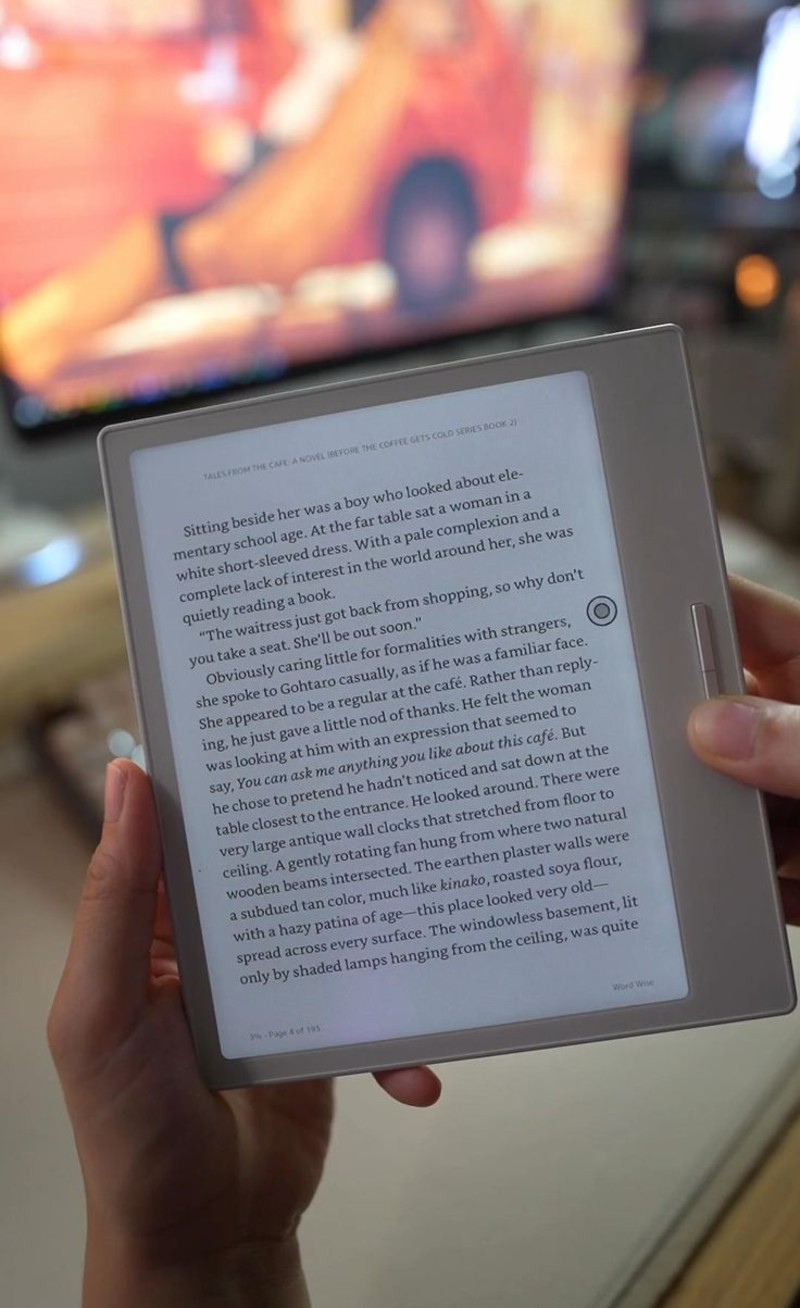
Your Kindle works great, but do you really need another device just for books? E-readers are becoming obsolete for most people because tablets and phones read books just fine now.
Modern tablets have screens that don’t hurt your eyes anymore. Eye-strain technology got way better. Many tablets now have reading modes that look just like e-reader screens.
The e-reader market keeps shrinking as tablets get better. Amazon still sells Kindles, but even they know most people prefer Fire tablets that do multiple things.
E-readers made sense when tablets were expensive and had terrible battery life. Now tablets last 10+ hours and cost less than premium e-readers.
Your phone reads books too. Apps like Kindle, Apple Books, and Google Play Books sync across all your devices. Start reading on your phone during lunch. Continue on your tablet at home.
#10. Physical Wallets and Credit Cards

Your phone already handles payments better than plastic cards. Apple Pay, Google Pay, and Samsung Pay work at most stores. Just tap your phone and go. No fumbling with cards or PIN numbers.
Mobile wallet transactions will hit $12 trillion globally by 2027. That’s more than double what people spent with physical cards in 2022. The shift is happening fast
Security works better too. Your phone uses fingerprints or face recognition. Much harder to steal than a card someone can copy or use if they find it.
Credit card companies see the writing on the wall. Visa and Mastercard now focus on digital payment processing instead of making plastic cards.
Even small businesses prefer digital payments. No cash registers to count. Lower fees than credit card processing. Instant payments that can’t bounce.
#11. Standalone Car Keys
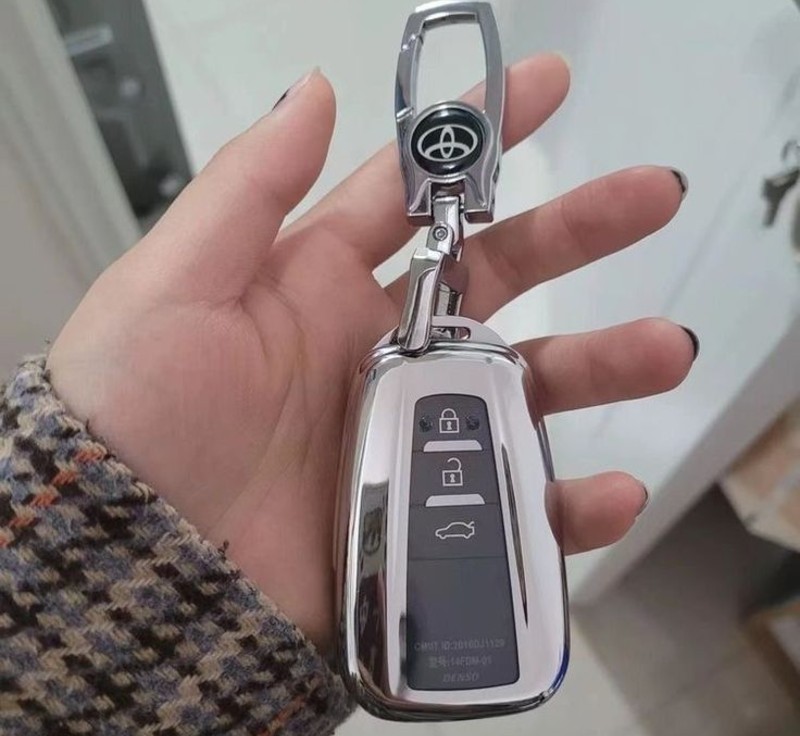
New cars work with your phone instead of metal keys. BMW, Tesla, and Mercedes let you unlock and start cars using their apps. No key fob needed. Just walk up with your phone and the doors open.
By 2026, most new car models will support smartphone access. Ford, GM, and Toyota are adding phone-based entry to all their vehicles. Even budget cars will have this feature soon.
Security works better too. Your phone uses fingerprints or face recognition to prove it’s really you. Much harder to steal than keys someone can grab from your pocket.
Car dealerships already see the shift happening. Key replacement requests dropped 30% since 2022. People use backup phone access instead of making new keys.
Some cars don’t even come with physical keys anymore. You get a phone app and maybe a backup card for emergencies.
#12. Desktop Computer Towers (For Basic Users)
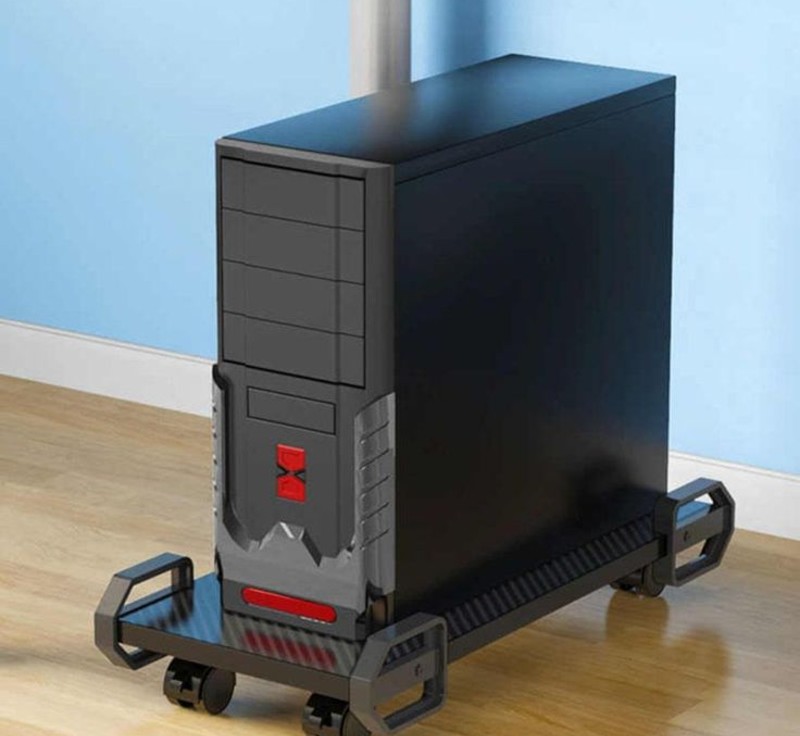
That big computer tower under your desk takes up space and makes noise. Desktop computers are becoming obsolete for basic users because phones and tablets now handle everything you need.
Your smartphone has more computing power than desktop computers from 2010. Modern phones run multiple apps, stream 4K video, and handle complex tasks without breaking a sweat.
Mobile processors now match desktop performance for basic computing tasks. Apple’s M-series chips and Qualcomm’s Snapdragon processors handle web browsing, email, video calls, and document editing better than old desktop computers.
Cloud computing changed the game completely. Google Docs, Microsoft 365, and Adobe Creative Cloud run in web browsers. You don’t need powerful local hardware when the heavy work happens in the cloud.
Workspace trends show people want mobility. Working from coffee shops, couches, and beds beats sitting at a desktop computer all day.
#13. Physical USB Flash Drives
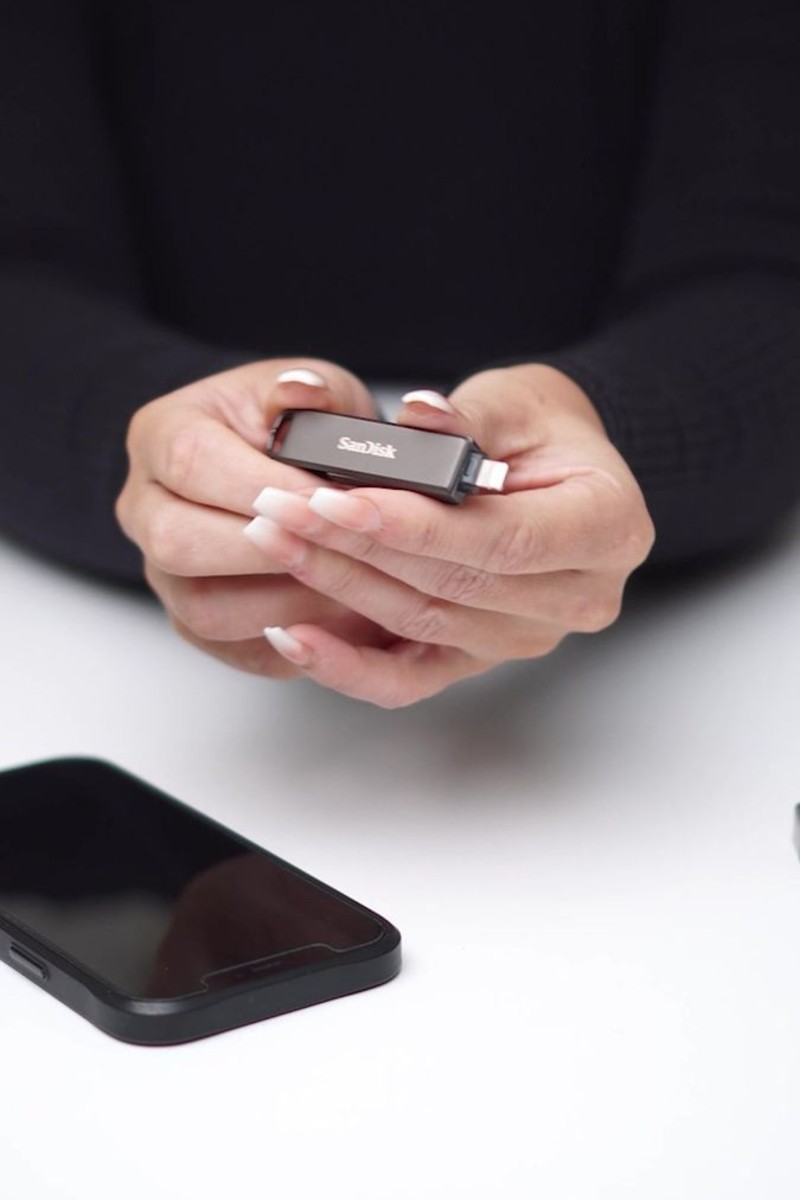
Google Drive gives you 15GB free. iCloud, Dropbox, and OneDrive offer similar deals. That’s more storage than most USB drives, and it works on all your devices automatically.
Cloud storage adoption hit 95% for smartphone users in 2024. People figured out that files stored online are easier to access than hunting for the right USB drive.
Cloud storage lets you access files from your phone, computer, and tablet instantly. Start a document on your laptop, edit it on your phone during lunch, finish it on your tablet at home.
Security works better in the cloud too. Your files get backed up automatically. If your phone breaks, you don’t lose anything. USB drives just disappear or stop working.
External hard drives and physical storage sales dropped 40% since 2020. People moved their files to the cloud and never looked back.
FAQs
1. Should I stop buying these gadgets right now?
Not necessarily. If you need something today and it works for your budget, buy it. A $30 streaming device will give you years of use before it becomes obsolete.
2. I already own several of these gadgets. Are they worthless?
Your gadgets will keep working until they break. Use them as long as they do what you need. But don’t spend money fixing or upgrading them.
3. How accurate are these predictions about gadgets becoming obsolete?
Technology predictions are educated guesses based on current trends and market data. Some gadgets on this list are already declining fast.
4. What should I buy instead of these obsolete gadgets?
Buy devices that do multiple things instead of single purpose gadgets. Get a good smartphone instead of separate GPS, camera, and music player.


